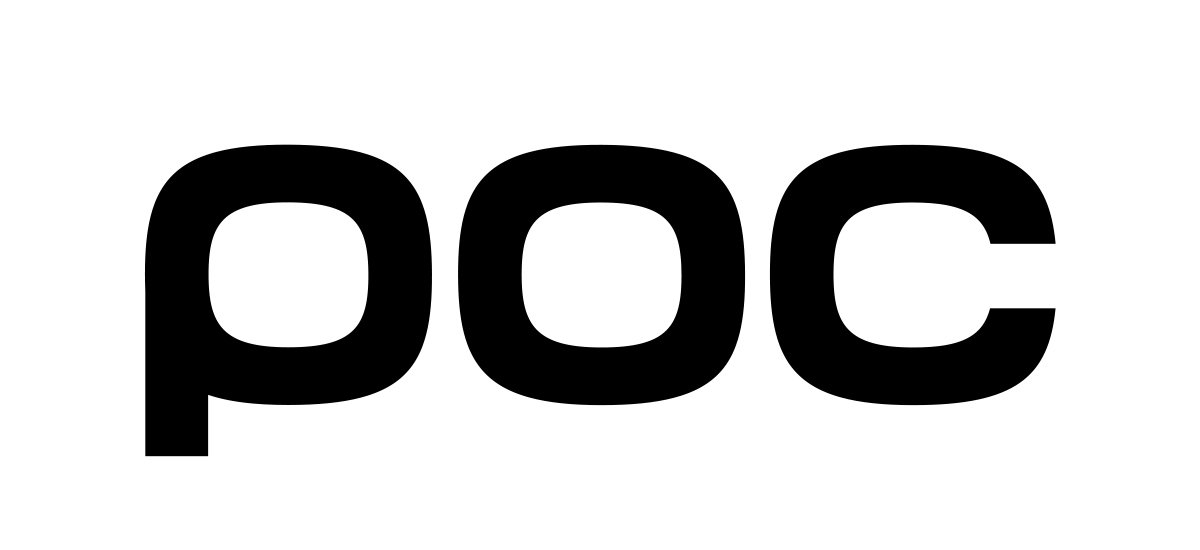Helmet Heads, why 80% of skiers wear helmets.
On The Rise
Skid lid, brain bucket, noggin knocker, helmet head. The jargon goes on but the fact of the matter is that helmet usage is seriously on the rise. Head injuries are the second most common injury skiers experience according to a study done by the NSAA. In the 2002-03 winter season only 25% of all skiers and riders used helmets. That number is now up to 80%, which in effect has caused the number of head injuries to decrease. Potentially serious head injuries have been reduced and lacerations to heads have almost been eliminated completely. As the demand for helmets increases the market expands. We here at Granite Chief want to make sure you've got the right protection to keep you kickin'.
Fit Is Key
A sales rep taught me an important fact that commonly gets overlooked when helmet shopping. She asked us all, "What's the safest helmet on your shelves?" I assumed that the most expensive helmet was the safest, wrong. The safest helmet is actually the one that fits your head correctly. When the fit's not right the safety features of the helmet are greatly diminished. You see these helmet companies are held to industry standards, which are great, but if your helmet doesn't fit correctly those standards don't apply. You want to reduce any extra room between the helmet and the head. Just a small amount of wiggle room could be the difference between being fine and ending up on the back of patrols sled.



Try All The Helmets Available
To find the right fit we recommend trying all of helmets in the store. Most brands offer a variety of fit types within their lineup and each brand will have a different shape that may be more comfortable to you. This is your only brain we are talking about here so don't rush. Take your time to find the make and model that suits you. When testing the fit of helmets you want to make sure the helmet will feel the same on the mountain as it does in the store. That means you don't want to test it with a hat, a headband, hair clips or anything like that. (Unless you plan to wear the hat, headband or hair clips every time you go skiing) This is mostly a concern for girls but can affect men too. Many of these helmets will have some form of dial or way to fine-tune the fit to your head. In this case make sure the adjustment system is fully open when you put it on, then cinch it down to your desire.
Helmet + Goggles
It can also be very helpful to bring along your preferred goggle. Goggle sizes and shapes vary and can end up changing the way the helmet fits or feels. Some helmets can force a goggle down your face pinching your nose and making you sound like you've got a cold. While others may not come in contact with the goggle at all and can form a gap between the goggle and the helmet exposing your forehead. Not only is this bad for protection but it's also referred to as a "Gaper Gap" amongst skiers and doesn’t exactly give off the impression that you know what your doing. Stop by today to see our full lineup of this years best helmets.
For the latest NSAA article on helmets click HERE.